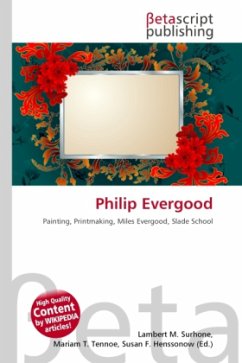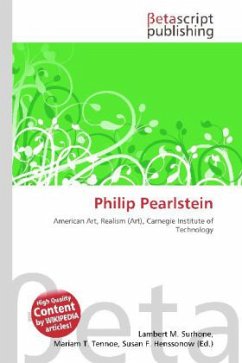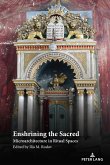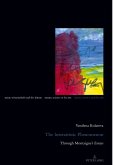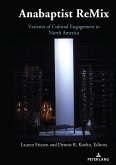Please note that the content of this book primarily consists of articles available from Wikipedia or other free sources online. Philip Guston (June 27, 1913 June 7, 1980) was a notable painter and printmaker in the New York School, which included many of the Abstract expressionists, such as Jackson Pollock and Willem De Kooning. In the late 1960s Guston helped to lead a transition from Abstract expressionism to Neo-expressionism in painting, abandoning the so-called "pure abstraction" of abstract expressionism in favor of more cartoonish renderings of various personal symbols and objects. Born Phillip Goldstein in 1913 in Montreal, Canada, Guston moved with his family to Los Angeles as a child. Guston''s Ukrainian-Jewish parents escaped persecution when they moved from Odessa, Ukraine. Guston and his family were aware of the regular Klan activities against Jews, blacks and others which took place across California during Guston''s childhood. When Guston was 10 or 11, his father hanged himself in the shed, and the young Guston found the body.


